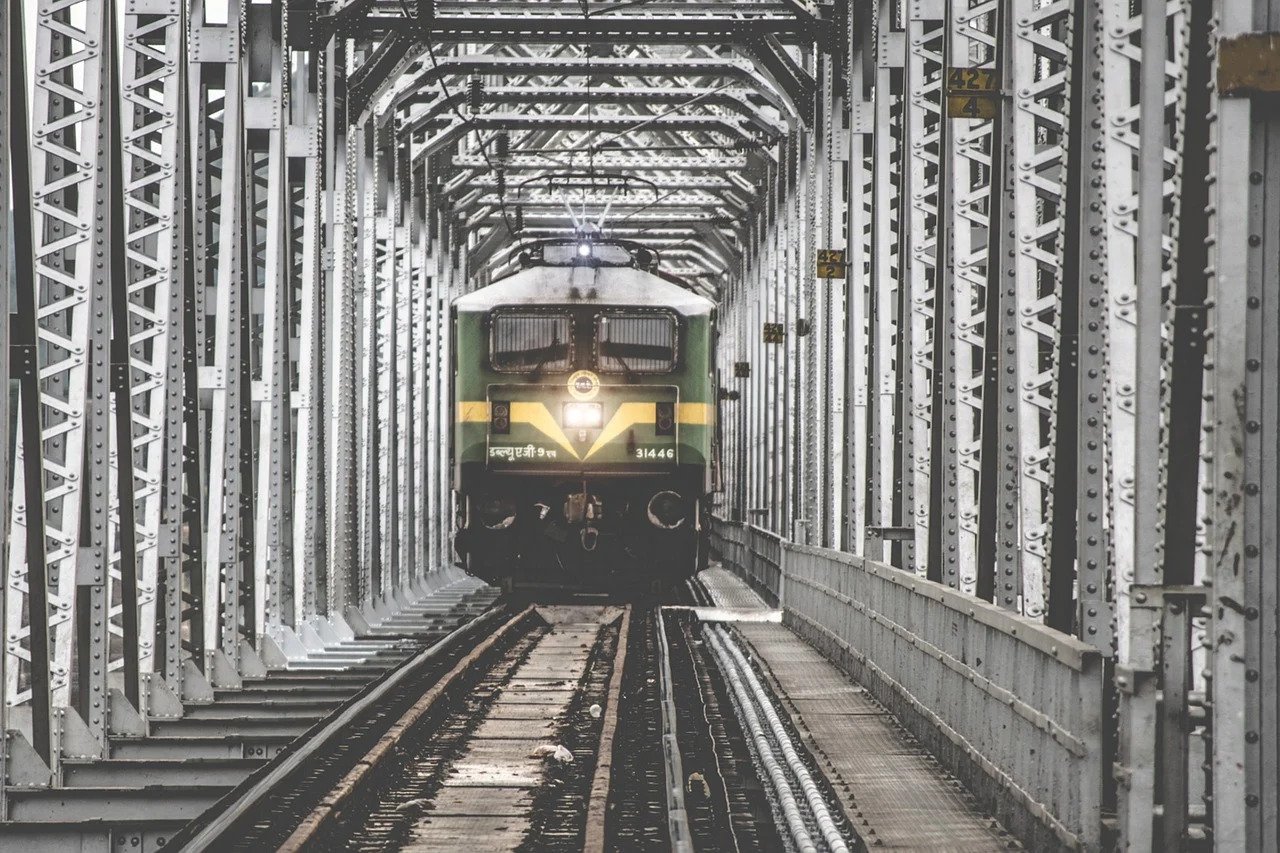Hvovi Doctor
The Supreme Court upheld the decision of The Union of India to terminate the LARSGESS (Liberalized Active Retirement Scheme for Guaranteed Employment for Safety Staff) scheme for Railway services.
The court, while dismissing the writ petition observed that the scheme provided for an avenue of a backdoor entry into the service of the railways. The bench comprising Hon’ble Justice D.Y. Chandrachud, Hon’ble Ms. Justice Indira Banerjee, and Hon’ble Mr. Justice Sanjiv Khanna held that it would be at odds with Article 16 of the Constitution. The Union government has with justification discontinued the scheme.
ISSUE:
The dispute in the present case related to the LARSGESS Scheme, which was adopted by the Railway Administration previously. The Punjab and Haryana High Court passed orders on 27 April 2016 and 14 July 2017 requiring the Union of India to reconsider the Scheme.
The orders of the High Court were based on the fact that the Scheme provided for an entry into service for certain wards of serving employees without undergoing a competitive selection consistent with the requirement of Articles 14 and 16 of the Constitution.
SPECIAL LEAVE PETITION: A Respite in this case
Under Article 136, the Constitution of India gives power to the Supreme Court to grant special permission or leave to an aggrieved party to appeal against an order passed in any of the lower courts or tribunals in India.
Special leave petition allows for special permission to be heard in appeal against any high court/tribunal verdict. Thus it is not an appeal but a petition filed for an appeal. So after an SLP is filed, the Supreme Court may hear the matter and if it deems fit, it may grant the ‘leave’ and convert that petition into an ‘appeal’.
On 8 January 2018, in a Special Leave Petition was filed in this case, arising from the judgment of the High Court of Punjab and Haryana dated 14 July 2017, whereby the Supreme Court directed the Union of India to take a conscious decision within six weeks. Further, on 5 March 2019, the Union of India decided to terminate the Scheme. The decision of the Union of India was noticed in an order dated 6 March 2019.
Following the previous decision, this Court disposed of in Miscellaneous Applications observing that “since the Scheme stands terminated and is no longer in existence, nothing further need be done in the matter”.
The court refused the relief sought in the case, saying that the petitioner can claim neither a vested right nor a legitimate expectation under this Scheme. Noticing the above decision, this Court, in its order dated 6 March 2019, specifically observed that since the Scheme stands terminated and is no longer in existence, nothing further needs to be done in the matter.
In view of the factual background, the Apex court stated that they are not further entitled to entertain the petition under Article 32. The grant of any reliefs to the petitioners would only allow them to seek a back door entry contrary to the orders of the Apex court. Therefore, the Union of India has correctly terminated the Scheme and that decision continues to stand.
Case: Manjit vs. Union of India [WP(Civil) No(s).78/2021]
Coram: Justices DY Chandrachud, Indira Banerjee and Sanjiv Khanna

